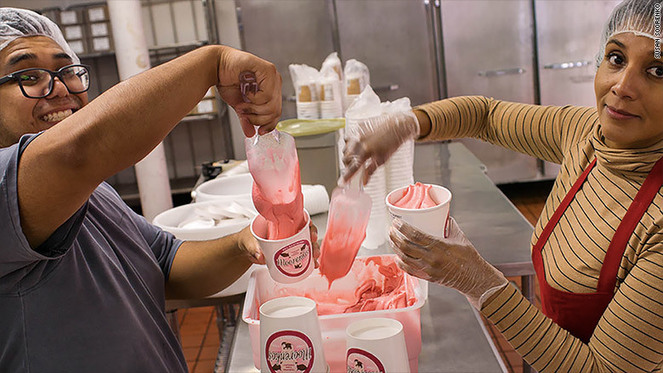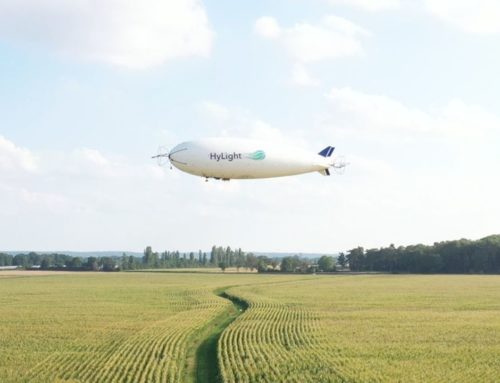Whole Foods had established itself as the first big grocer that actually cared about local sourcing. By allowing each store to handle its own purchasing and employing local “foragers” to scour farmers’ markets for promising new products, it helped nurture a generation of food entrepreneurs who otherwise would have been shut out of larger chains.
Related: Amazon’s idea for employee-tracking wearables raises concerns
But that hasn’t always been the most profitable business model, especially as mainstream competitors like Walmart and Kroger started offering organic and natural foods as well. Under pressure from investors in 2017, Whole Foods began centralizing its purchasing system and standardizing some of its offerings across its 473 stores.
Sourced through Scoop.it from: money.cnn.com







Leave A Comment